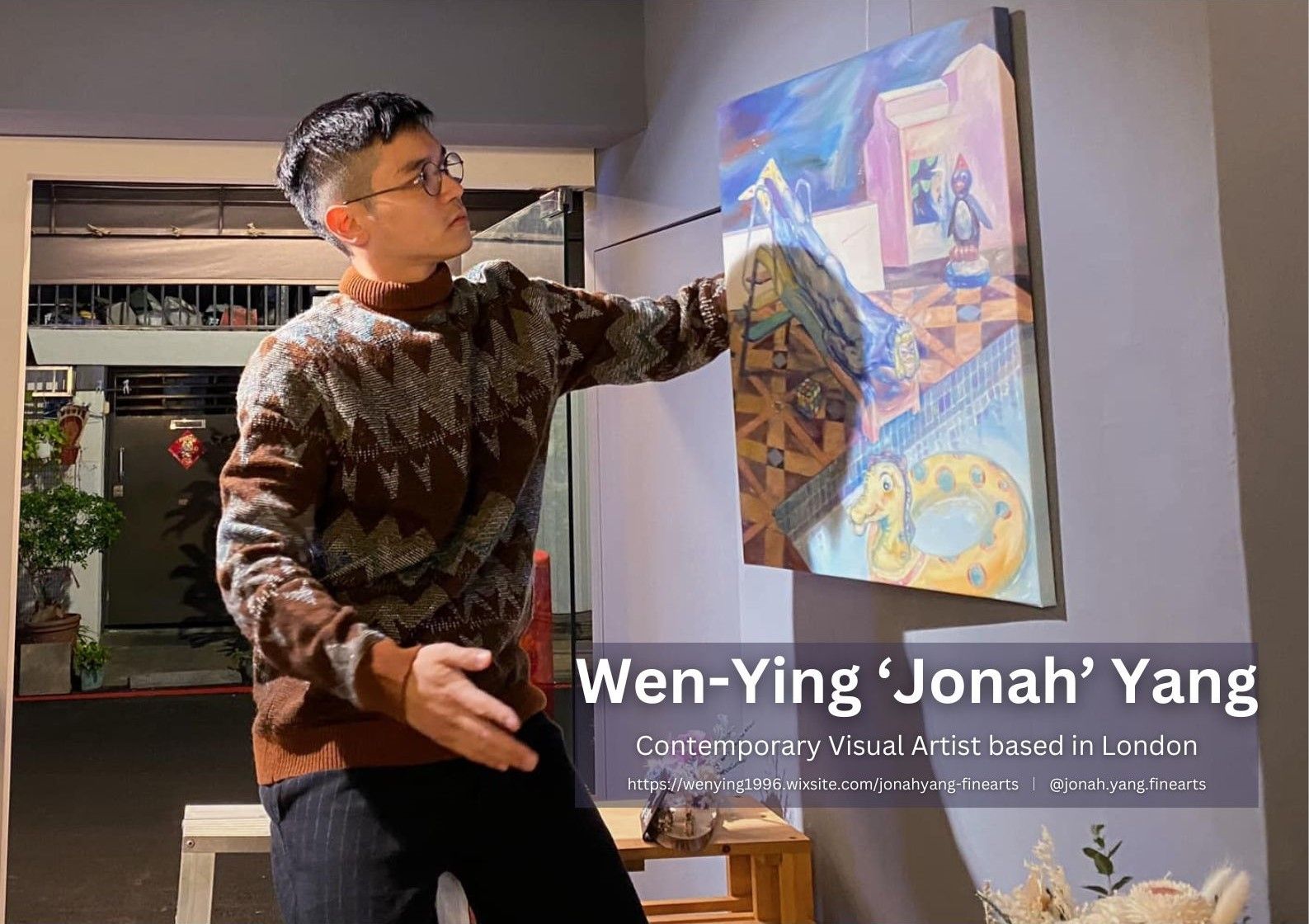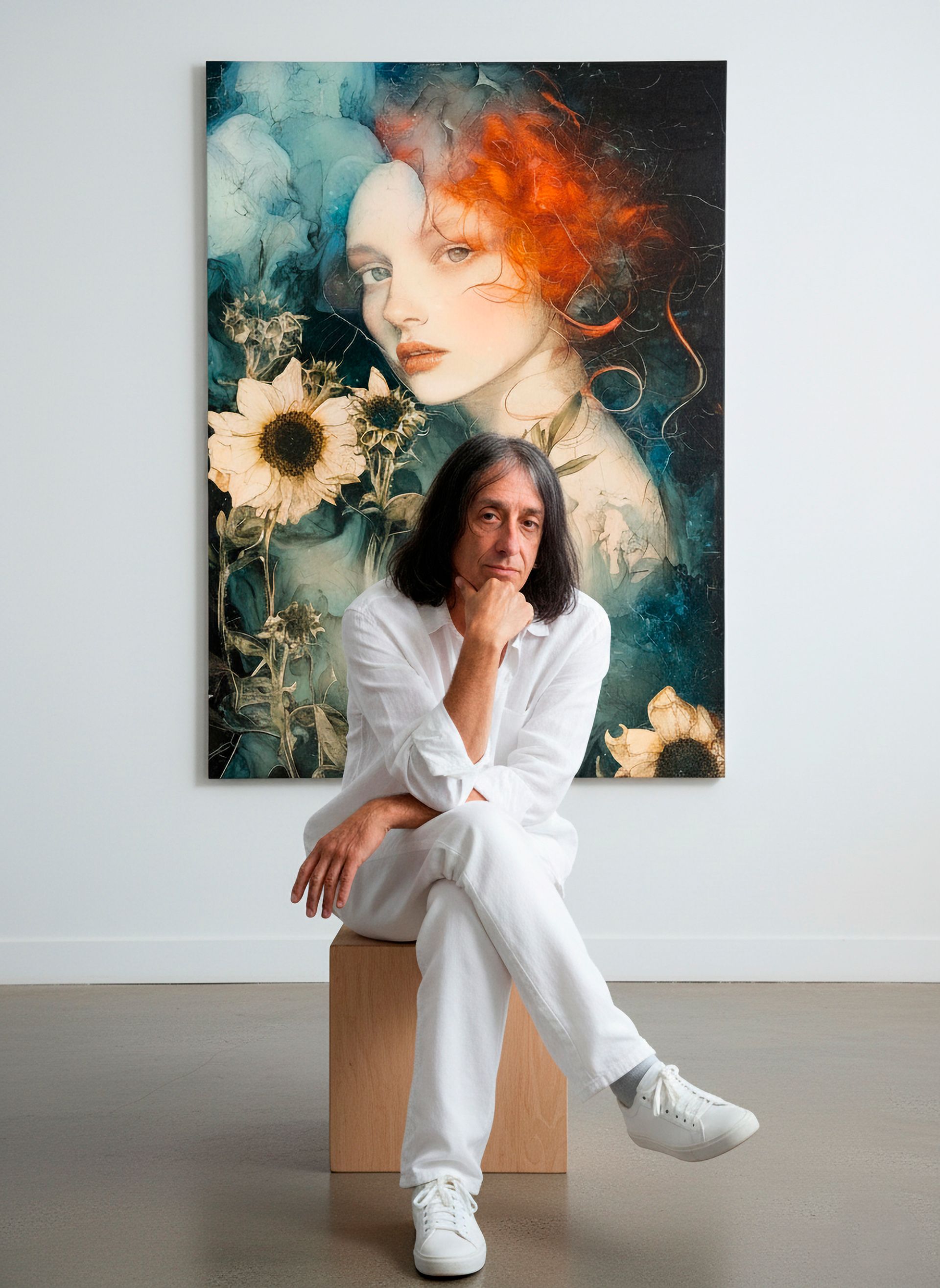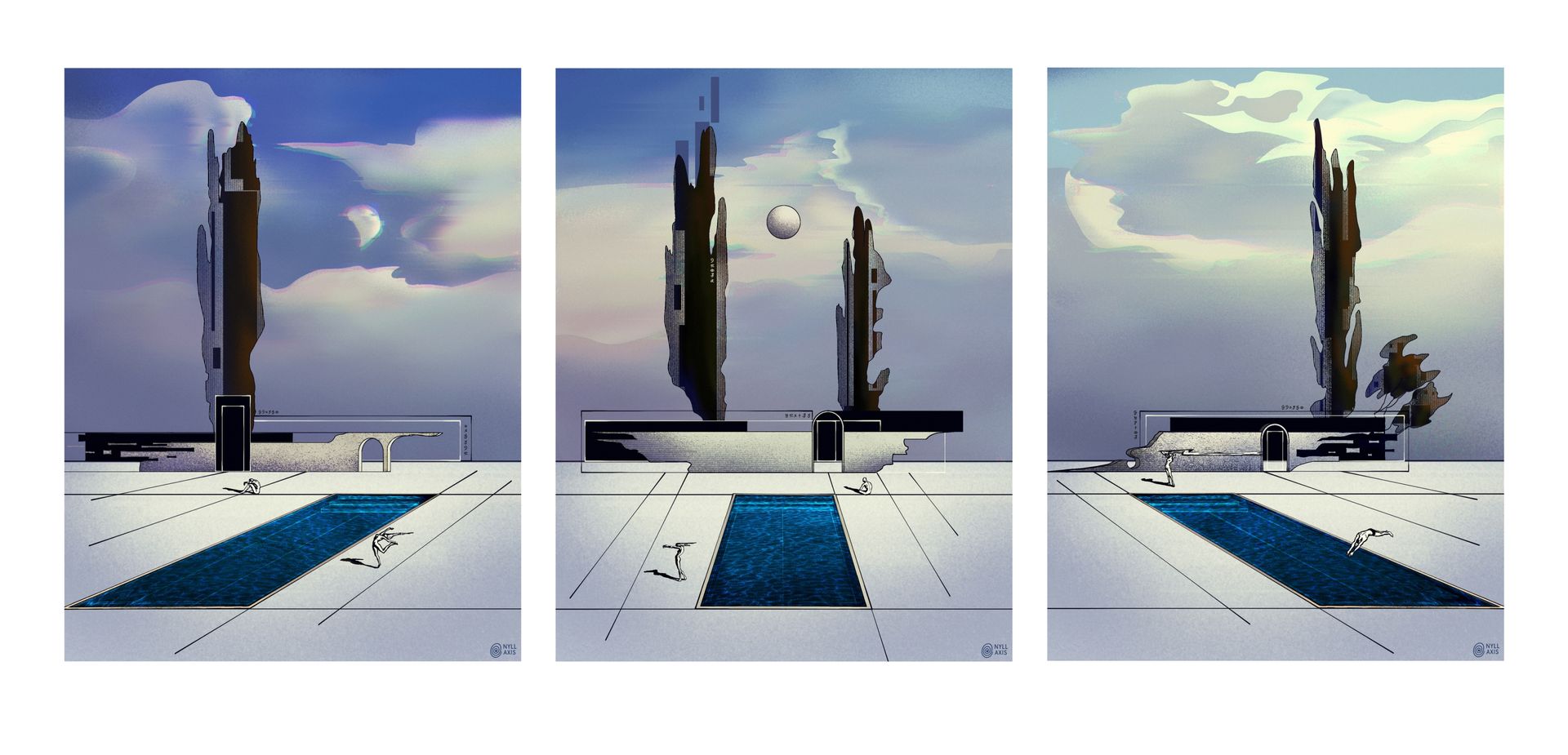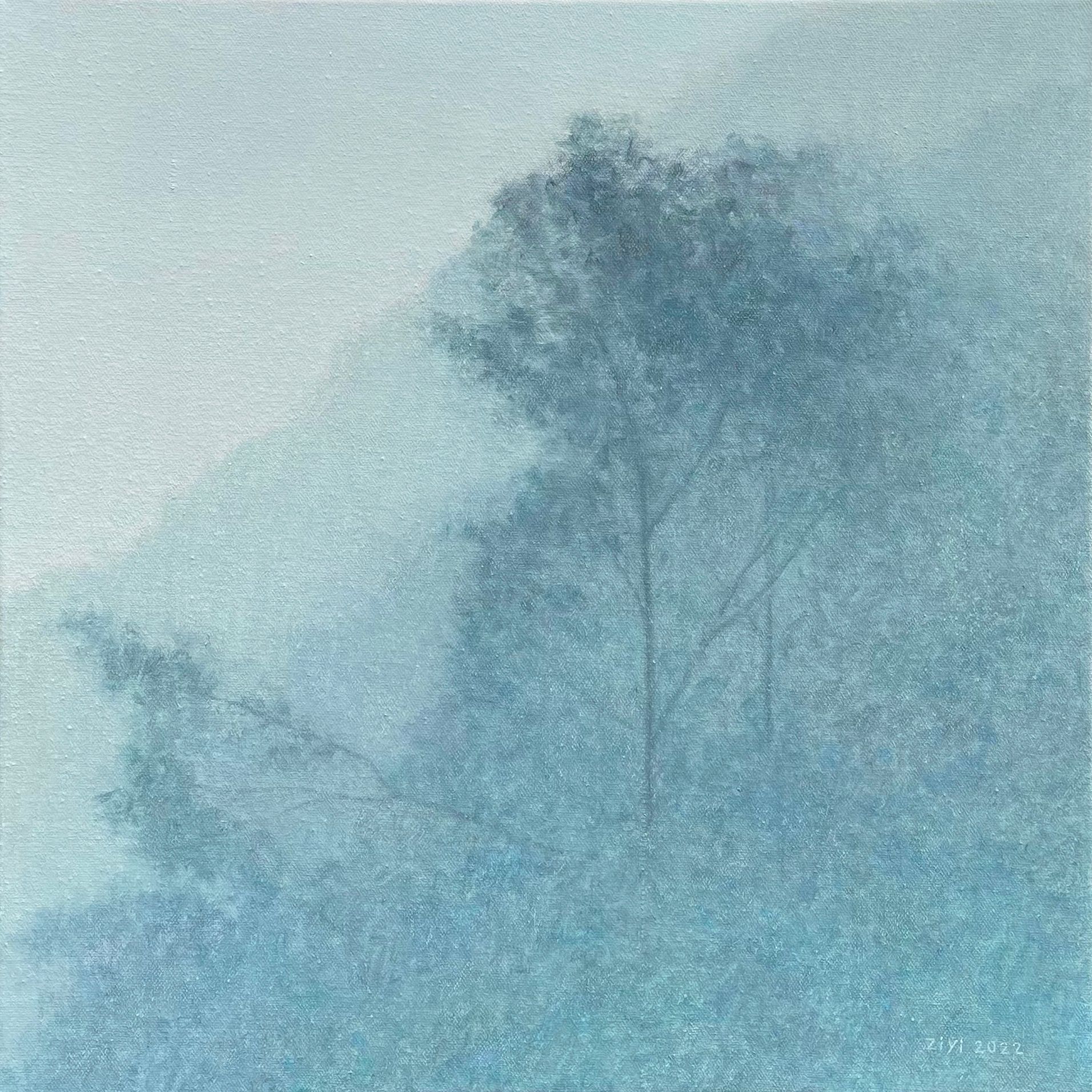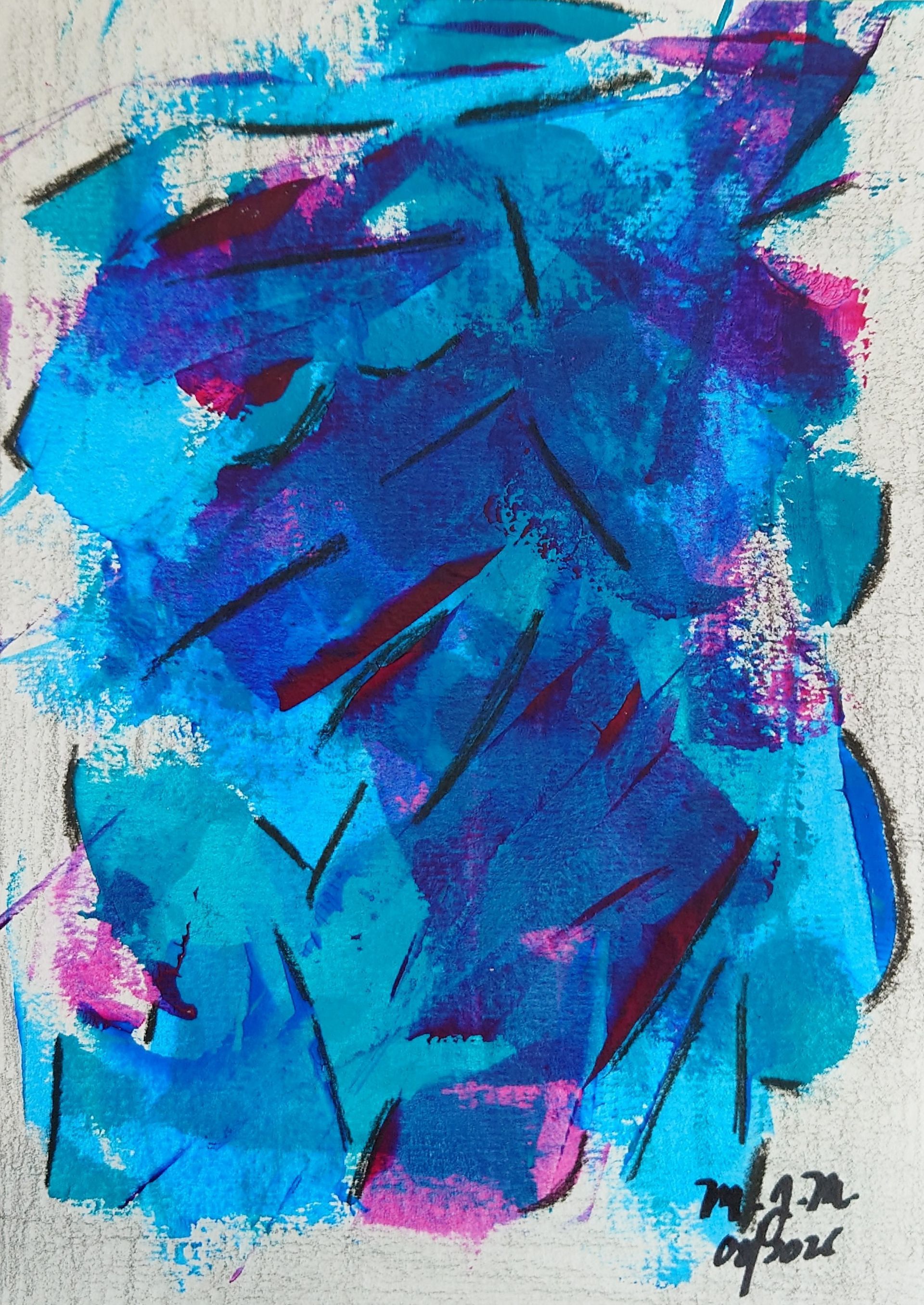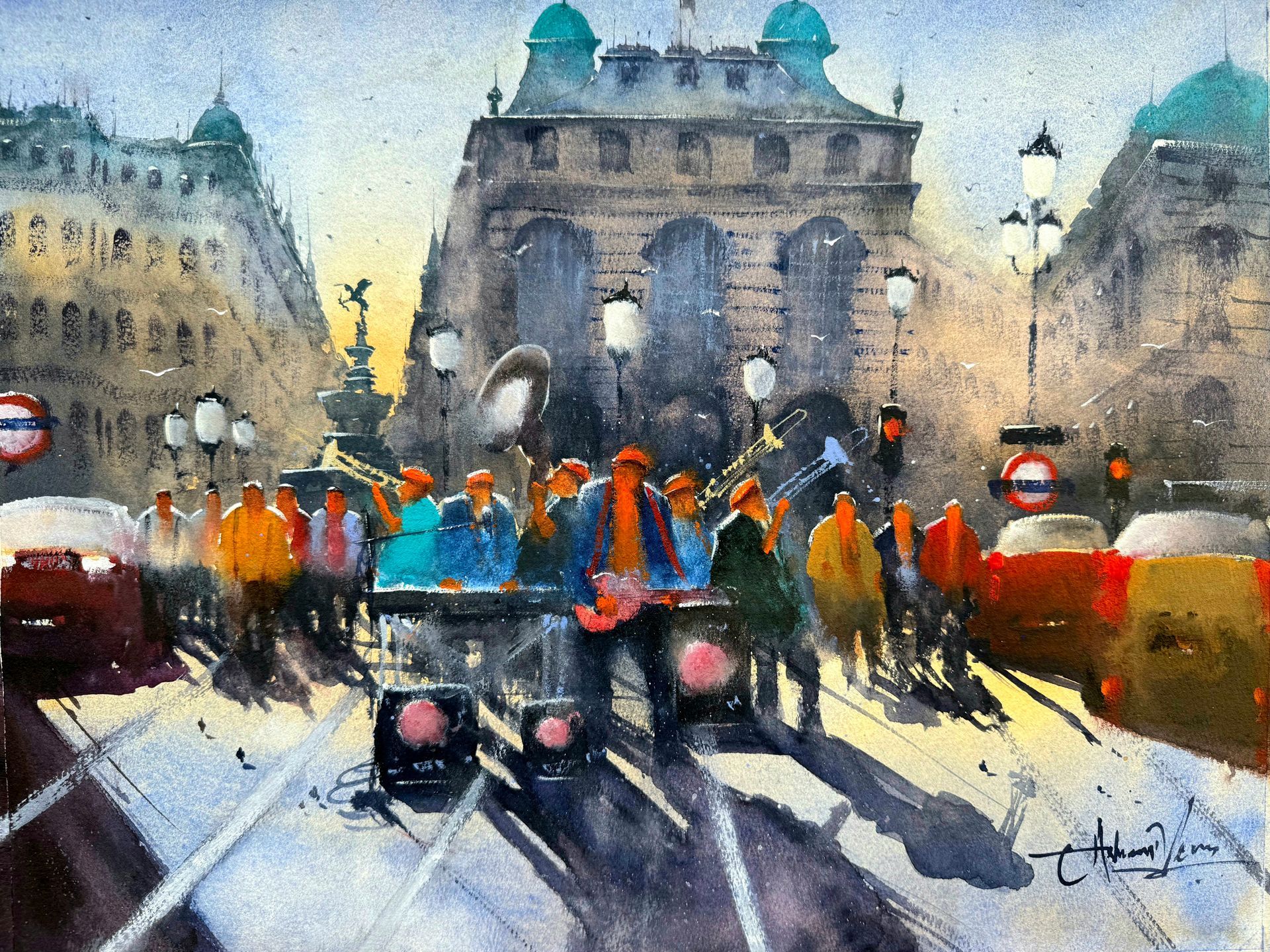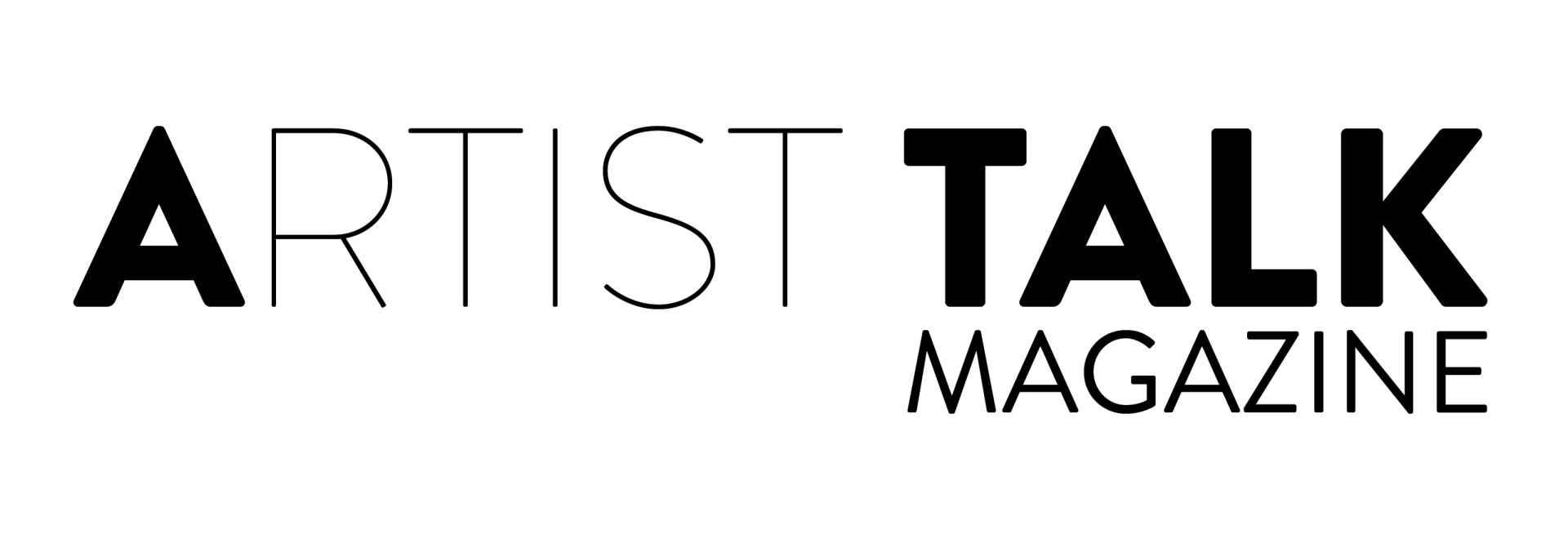Two Paintings On Poverty

"Auction For A Society's Death" (Empty Eyes)
Acrylic on cardboard, 50cm X 40cm (2021)
Poverty and disparity are the main enemies of every society. Our glorious and advanced civilization has reached to a point that cannot only eliminate massively populations but also their habitats, whether urban or rural, an annihilation of all natural resources. In my painting, 6 newborns are left to die on the desiccated soil. Their skin is cracked like the dried out earth.
The boat called “Egestas” (Poverty in Latin) has been abandoned on the dry ground and isn’t going anywhere. One baby carries and shows us a sign that water is prohibited. The new generation has been condemned to fatal thirst and eventually to death. They are trying to catch a breath inside this furnace. Silently and without any objection they are obeying. Maybe they were born on this dryland or maybe they have migrated from their ruined homeland because of war or extreme hunger. There is always the irony that people that come from degraded land areas lose their life by crossing the sea while trying to find a better life. The gavel hammer represents justice but also is the symbol of auctions. So many lives sold for a low value bid; the more the cheaper. No future for the newborns that are dying on the parched, arid soil. Their eyes are blind, empty like their life which won’t wait for them anymore. The hourglass is full of their eyes instead of grains of sand to symbolize that time is running out and that the dark end is near.
From the huge luxurious faucet a diamond appears, blue and precious like water. That won’t quench nobody’s vital desire for some clean water. It is the cost for all the lives that have been wasted and for those which will be lost, a price that somebody powerful will collect. There is always a cause, an opportunity and a profit behind every catastrophe that humans orchestrate.
This apocalypse is hitting hardest the poor and densely populated countries; they pay the highest price: tortured by civil wars and paucity, starvation and horrible living conditions, robbed by big companies of their natural resources, sentenced in perpetual ignorance and fatalism because of their non-existent educational system and being governed by corrupted politicians, who are in fact employees of the same big corporations and their interests. However, nowadays it seems that things have gone out of hand completely. Everybody’s life is being threatened by all this destructive mess. Nobody is safe. Nature’s destabilization is moving rapidly.
The next following years will be crucial as they will determine whether is going to be a future for us or not. Soon enough we will get our answers.
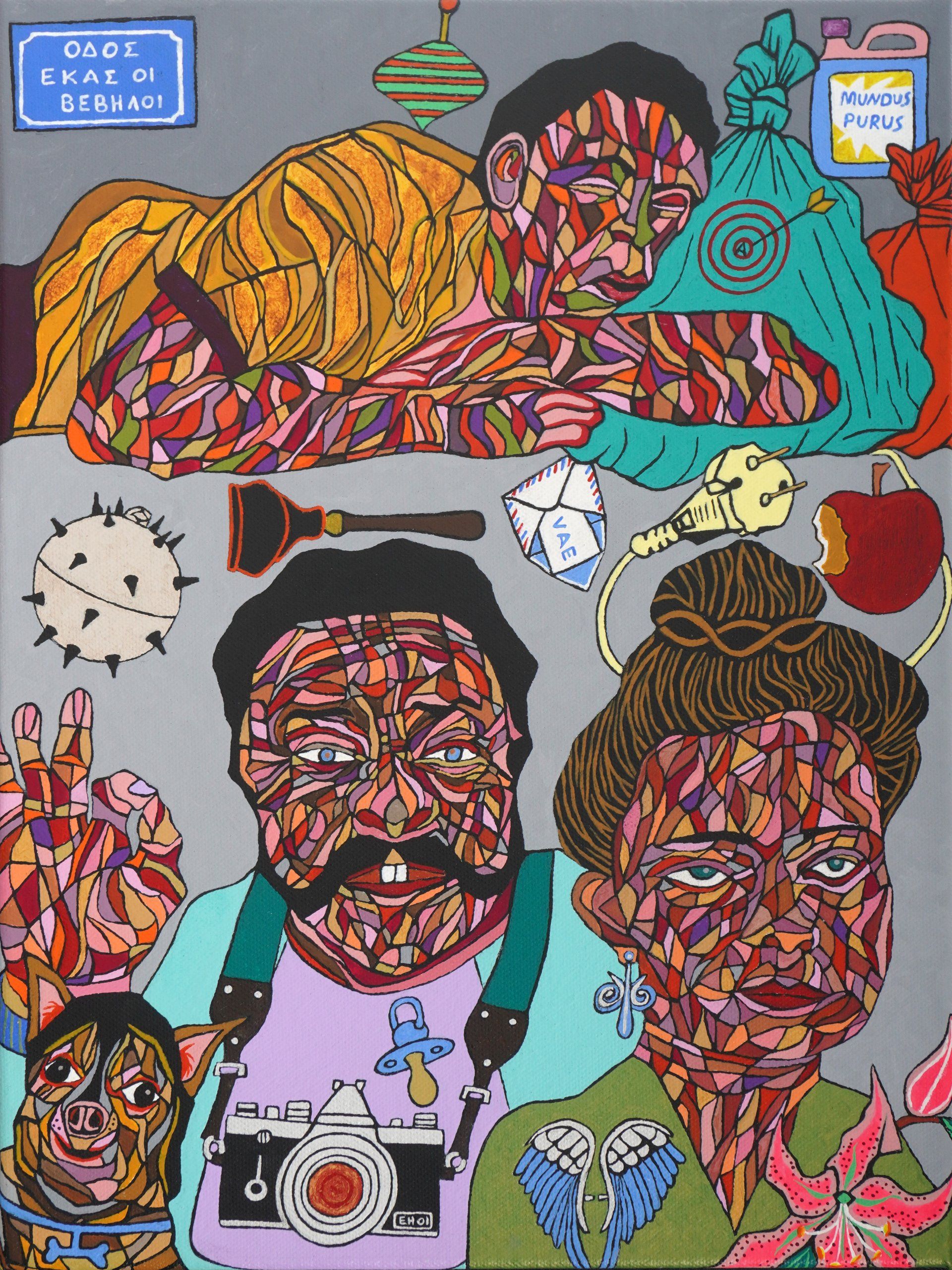
“A Tourist Attraction Of An Unoriginal Sin”
Acrylic on canvas, 40cm X 30cm, (2022)
And then, one morning, as I come out to go to work, I see a poor man sleeping on a pile of
garbage bags. He is using one of those as a pillow. He is sound asleep, surrounded by various unwanted things. I stand motionless for some seconds and then walk away. My guilt and my continuing education in hypocrisy, has made me numb and paralyzed to take any action.
That man was sleeping next to the waste containers just under my balcony. I have been living my entire life in a poor, working class neighbourhood but the crisis has made things really unbearable. Unemployment and tremendous inflation have taken away not only the food from the table but also people’s dignity.
There had been a Greek commercial advertising all the beautiful destinations here. Oh yes, the splendid islands, one might think. Travelling is fun! No one wants to see a country’s misery or famished citizens stumbling and begging.
And then I thought what if they start advertising poverty as a spectacle? As the financial gap between the rich and the poor grows bigger, this would make an interesting sight. Of course, this tourist suggestion can apply in every country; the only real frontier is money.
In my painting, two rich tourists are smiling in front of a homeless guy. Their exciting dog is photobombing for a lovely family picture. The lady has an aristocratic flair while her husband has a more vulgar style. The pacifier stands for his childish behavior. Both of them seem completely indifferent. They are the clean ones that keep their distance with playful vanity and thick-skinned apathy. Probably they count their blessings and thank their god for their fortune.
The street has a peculiar name; it is a phrase from the ancient Eleusinian mysteries that we still use it in our Modern Greek language as it is. It means “the Disrespectful ( also the Filthy) Ones Stay Away From Here”. It is a sacred place, where you don’t belong.
Two parallel worlds that are crossing time but never crossing themselves. The infected ones are exiled to live in deprivation. Devalued like garbage, tossed away along with other used up and broken goods. An empty detergent bottle gave a promise for a Clean World. A letter was sent out with the word Alas in Latin. Someone bit an apple and someone else threw away a plug. They look like the serpent and the forbidden fruit. Poverty is the (Un) Original (societal) Sin. No surprise in the rotation of a spinning top on the vagrant’s back like a predetermined destiny. And maybe a nemesis will explode just like an Orsini bomb sometime.
